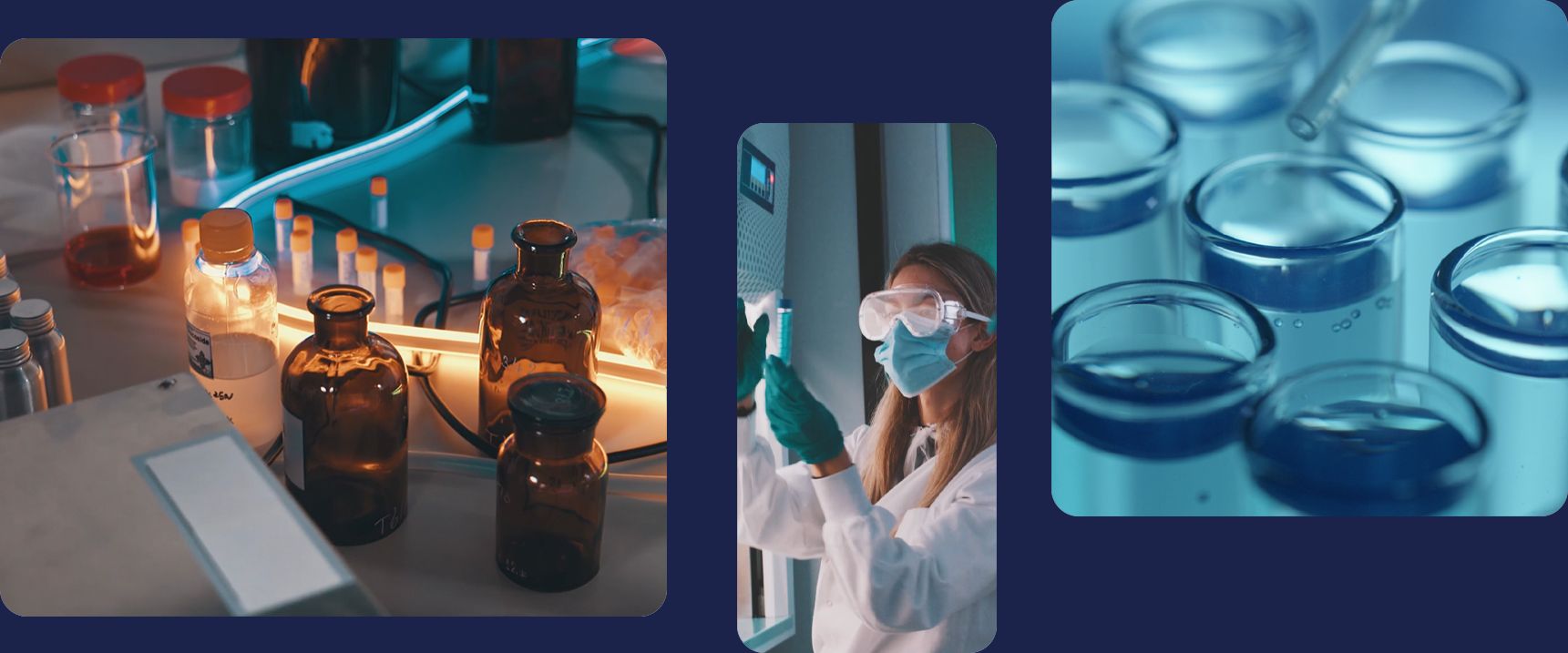Skin sensitization – OECD 406 test
Description
OECD Test 406 is an international reference method used to assess the potential of a chemical substance to cause skin sensitization. Published in section 4 of the OECD Guidelines for Chemical Testing, this method provides essential information on the health hazards that may result from repeated exposure of an organism to a test substance.
It is mainly used in the context of European and international regulations (REACH, CLP, OCSPP, GHS, etc.) to determine whether a product should be classified as a skin sensitizer.
Objective of the trial
OECD test no. 406 aims to assess a substance's ability to induce a specific immune response after repeated skin contact. In other words, it determines whether exposure to the substance can lead to an allergic reaction upon subsequent exposure, typically contact dermatitis.
This information is essential for the classification of chemical substances and mixtures, the formulation of cosmetic, pharmaceutical or industrial products, as well as for the safety of exposed workers.
Principle and experimental protocol
The test is based on two main methods:
- The guinea pig maximization test (GPMT) by Magnusson and Kligman, using an adjuvant to enhance the immune response.
- The Buehler test , without adjuvant, based on repeated epidermal exposure.
Guinea pigs are the most commonly used species, although mouse models have been developed to assess sensitization potential.
1. Induction phase
The animals are exposed to the test substance intradermally or epidermally in order to trigger an immune response. This phase usually lasts from 10 to 14 days.
2. Rest phase
A rest period is observed (approximately 10 days) to allow the immune response to develop.
3. Provocation Phase
The animals are re-exposed to the substance (triggering dose) to determine if an allergic reaction occurs.
The chosen concentrations must be:
- High enough to induce moderate irritation during induction.
- Non-irritating during the provocation phase.
Methods used and duration
- GPMT test: 23 to 25 days.
- Buehler test: 30 to 32 days.
The minimum recommended number of animals is:
- 10 guinea pigs for the treated group and 5 for the control group (GPMT).
- 20 animals for the treated group and 10 for the control group (Buehler).
All skin reactions (erythema, edema, inflammation) are carefully observed and noted, and further tests may be carried out to clarify any questionable responses.
Interpretation of results
A substance is considered sensitizing if a significant percentage of treated animals exhibit an allergic reaction during the challenge phase, compared to the control group.
The results allow the substance to be classified according to the CLP Regulation:
- Category 1: skin sensitizer.
- Category 1A: high response frequency or high intensity.
- Category 1B: lower frequency or intensity.
In vitro alternatives and substitute methods
To reduce the use of animal testing, several alternative methods validated by the OECD can be used before OECD trial no. 406:
- OECD No. 442C: keratinocyte activation (KeratinoSens).
- OECD No. 442D: activation of dendritic cells (h-CLAT, U-SENS).
- OECD No. 442E: Protein binding tests (DPRA).
These integrated approaches (IATA) make it possible to obtain reliable results for regulatory classification while respecting the principles of the 3Rs (Replacement, Reduction, Refinement).
Industrial applications
OECD Test No. 406 is used in many sectors:
- Cosmetics : evaluation of the tolerance of ingredients and formulations.
- Pharmaceutical : evaluation of excipients and topical active substances.
- Industrial chemistry : classification of hazardous substances according to the CLP regulation.
- Agrochemicals and biocides : toxicological characterization of active substances.
- Consumer products : control of potential contact allergens.
YesWeLab Expertise and Support
At YesWeLab, we offer OECD test no. 406 through our network of partner laboratories accredited to ISO 17025 and certified to GLP (Good Laboratory Practices).
Our experts support manufacturers in:
- Choosing the most suitable protocol (GPMT or Buehler).
- The integration of prior in vitro methods to reduce animal experimentation.
- The preparation of regulatory dossiers in accordance with REACH and CLP requirements.
Thanks to the YesWeLab digital platform, the management of your toxicological tests is centralized: quote request, progress tracking, report receipt and scientific assistance.
Further analyses recommended
For a complete assessment of the allergen and irritant profile, YesWeLab also recommends:
- OECD Test No. 404 – Skin Irritation/Corrosion
- OECD Test No. 405 – Eye Irritation
- OECD Test No. 439 – In vitro skin irritation
- OECD Trial No. 442C – Keratinocyte Activation (KeratinoSens)
- OECD Trial No. 442D – Dendritic Cell Activation (h-CLAT)
These additional tests ensure a complete characterization of the sensitizing and irritant potential of chemical substances.

